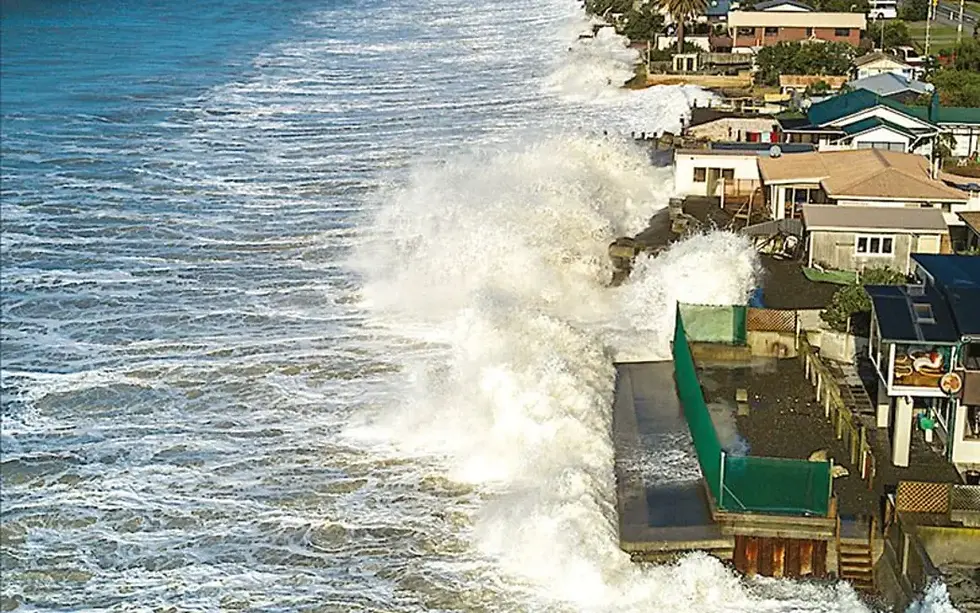History : Iraq's Floating Swamps
- charlotteselve8
- 2 sept. 2023
- 2 min de lecture
When we think of Iraq, our minds often conjure images of arid deserts, ancient ruins, and bustling cities. However, Iraq is also home to a hidden treasure that has largely remained off the tourist radar
—the captivating and enigmatic floating swamps.
The Mesopotamian Marshlands: A Natural Wonder
The Mesopotamian Marshlands, also known as the Ahwar of Southern Iraq, are a complex of interconnected wetlands located in the southeastern part of the country, near the confluence of the Tigris and Euphrates rivers. This remarkable ecosystem has been designated a UNESCO World Heritage Site for its exceptional biodiversity and cultural significance.
A Natural Wonderland
The marshlands cover an area of over 20,000 square kilometers and are characterized by their unique floating islands, towering reeds, and labyrinthine waterways. These wetlands are a haven for an astonishing array of wildlife, including water buffalo, flamingos, otters, and various species of fish.
One of the most remarkable features of the marshlands is the floating vegetation, which forms dense mats that can support the weight of a person. These floating islands, known as "tallar," are constructed from layers of woven reeds and other aquatic plants. They serve as a refuge for wildlife and provide a habitat for countless species of birds.
Cultural Significance
Beyond their ecological importance, the Mesopotamian Marshlands hold immense cultural significance. The marshes are believed to be the historical basis for the biblical Garden of Eden and have been inhabited by various Marsh Arab communities for thousands of years. These communities have developed a unique way of life adapted to the ever-changing water levels and seasonal variations.
Environmental Challenges
Despite their natural beauty and cultural importance, the marshlands faced severe environmental degradation during the late 20th century. Large-scale drainage projects and upstream dam construction on the Tigris and Euphrates rivers led to a significant reduction in the water flow to the marshes. As a result, vast areas dried up, and the delicate ecosystem was pushed to the brink of collapse.
A Remarkable Revival
In recent years, there has been a concerted effort to restore and revive the Mesopotamian Marshlands. International organizations, in collaboration with the Iraqi government, have undertaken ambitious initiatives to reintroduce water to the marshes, support local communities, and protect the fragile ecosystem.
These efforts have borne fruit, and today, the marshlands are experiencing a remarkable revival. Water levels are gradually increasing, and the wetlands are regaining their former glory. Birdwatchers and nature enthusiasts are returning to witness the incredible biodiversity that thrives in this unique environment.
Visiting the Mesopotamian Marshlands
While the marshlands are still relatively off the beaten path for tourists, adventurous travelers are beginning to explore this hidden gem. Local guides offer boat tours that allow visitors to navigate the intricate waterways, observe wildlife, and experience the unique culture of the Marsh Arabs.
Preserving Iraq's Natural Heritage
The Mesopotamian Marshlands remind us of the importance of preserving our planet's natural wonders. While they faced near devastation, concerted efforts to restore and protect this unique ecosystem have given hope for its future.
As Iraq opens its doors to the world, the floating swamps of the Mesopotamian Marshlands beckon as a testament to the resilience of nature and the cultural richness of this ancient land.
For those seeking an off-the-beaten-path adventure that combines natural beauty and cultural heritage, this hidden treasure awaits your discovery in the heart of Iraq.


Commentaires